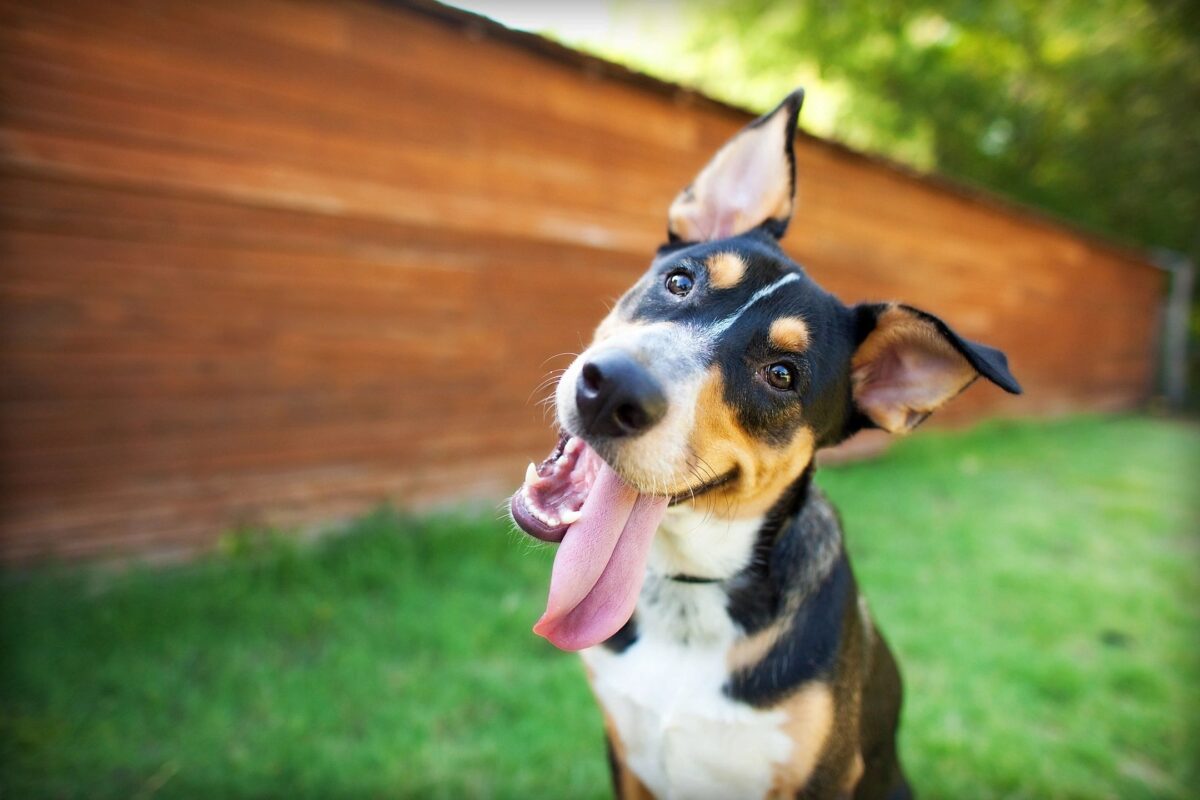
Essential oil diffusers have become increasingly popular for their ability to create a relaxing and fragrant atmosphere in our homes. But what about our furry companions? Are diffusing essential oils around dogs safe? This article will delve into everything you need to know about diffusing essential oils around dogs, including the potential risks, safe practices, and essential oils safe to diffuse around dogs
Are Diffusers Bad for Dogs?
Diffusers themselves are generally not harmful to dogs. However, the essential oils you put in them can be a cause for concern. Dog Daycare Los Angeles have a much stronger sense of smell than humans, and their respiratory systems are more sensitive. Diffusing essential oils can irritate their lungs and cause breathing problems, especially for breeds with pre-existing respiratory conditions like brachycephalic breeds (pugs, bulldogs).
Essential Oils to Avoid Diffusing Around Dogs
Certain essential oils are particularly toxic to dogs and should never be used in a diffuser if you have a canine companion. Here’s a list of some common essential oils to avoid:
-
- Tea tree oil
-
- Oregano oil
-
- Cinnamon oil
-
- Citrus oils (lemon, lime, grapefruit)
-
- Birch oil
-
- Wintergreen oil
-
- Ylang-ylang oil
-
- Pine oil
-
- Pennyroyal oil
-
- Peppermint oil
-
- Eucalyptus oil
-
- Clove oil
If you suspect your dog has ingested any of these oils, contact your veterinarian immediately. Symptoms of essential oil poisoning in dogs can include vomiting, diarrhea, drooling, difficulty breathing, tremors, and seizures.
You can also read: Home Away from Home: Finding the Best Dog Boarding in Los Angeles
Essential Oils Safe to Diffuse Around Dogs
While many essential oils are off-limits, a few options might be safe for diffusing in a home with dogs, but with caution:
-
- Lavender oil: Known for its calming properties, lavender oil is generally considered safe for dogs in diluted forms. However, monitor your dog for any signs of irritation.
-
- Cedar wood oil: This oil may have insect repellent properties. Diffusing cedar wood oil around dogs might be helpful, but ensure proper dilution and consult your vet before use.
Even with essential oils safe to diffuse around dogs, it’s crucial to always dilute them properly according to the manufacturer’s instructions and use them in a well-ventilated area. Consider using a passive diffuser, like Dr. Reed diffusers, which release fragrance through reeds rather than ultrasonic waves that can further disperse the oil particles.
Safe Practices for Diffusing Essential Oils Around Dogs
If you choose to diffuse essential oils with your dog present, here are some safety precautions to follow:
-
- Always dilute essential oils properly. Never use them undiluted around pets.
-
- Start with a low concentration and monitor your dog’s reaction.
-
- Use a diffuser in a well-ventilated room. Open windows or doors to allow for proper air circulation.
-
- Never leave your dog unattended in a room with a diffuser running.
-
- Keep all essential oils out of reach of your dog. Store them securely in cabinets or on high shelves.
-
- If your dog shows any signs of discomfort, such as coughing, wheezing, or pawing at their face, stop using the diffuser immediately and consult your veterinarian.
When in doubt, err on the side of caution. There are many alternative ways to create a pleasant atmosphere in your home that are safe for your dog.
You can also read: Pet Enjoy Grooming: Why it’s Vital for Your Pet’s Health and Happiness
Conclusion
While diffusing essential oils can be a relaxing experience for humans, it’s important to prioritize your dog’s safety. By understanding the essential oils toxic to dogs and following safe practices, you can create a comfortable and healthy environment for both you and your furry friend.
Additional Considerations:
-
- If you’re concerned about matted dog hair behind ears or other grooming needs, searching online for “best pet grooming near me” can help you find a qualified professional.
-
- My dog drank lake water and is throwing up could be a sign of ingesting something harmful. Consult your veterinarian immediately.
-
- While diffusers might not be the answer, there are safe ways to prevent mats behind dog’s ears. Ask your veterinarian or groomer for tips on proper brushing techniques and ear-cleaning routines.
Social Share
-
Facebook
-
Twitter
-
Linkedin
-
Pinterest



 ICONIER Digital Agency
ICONIER Digital Agency